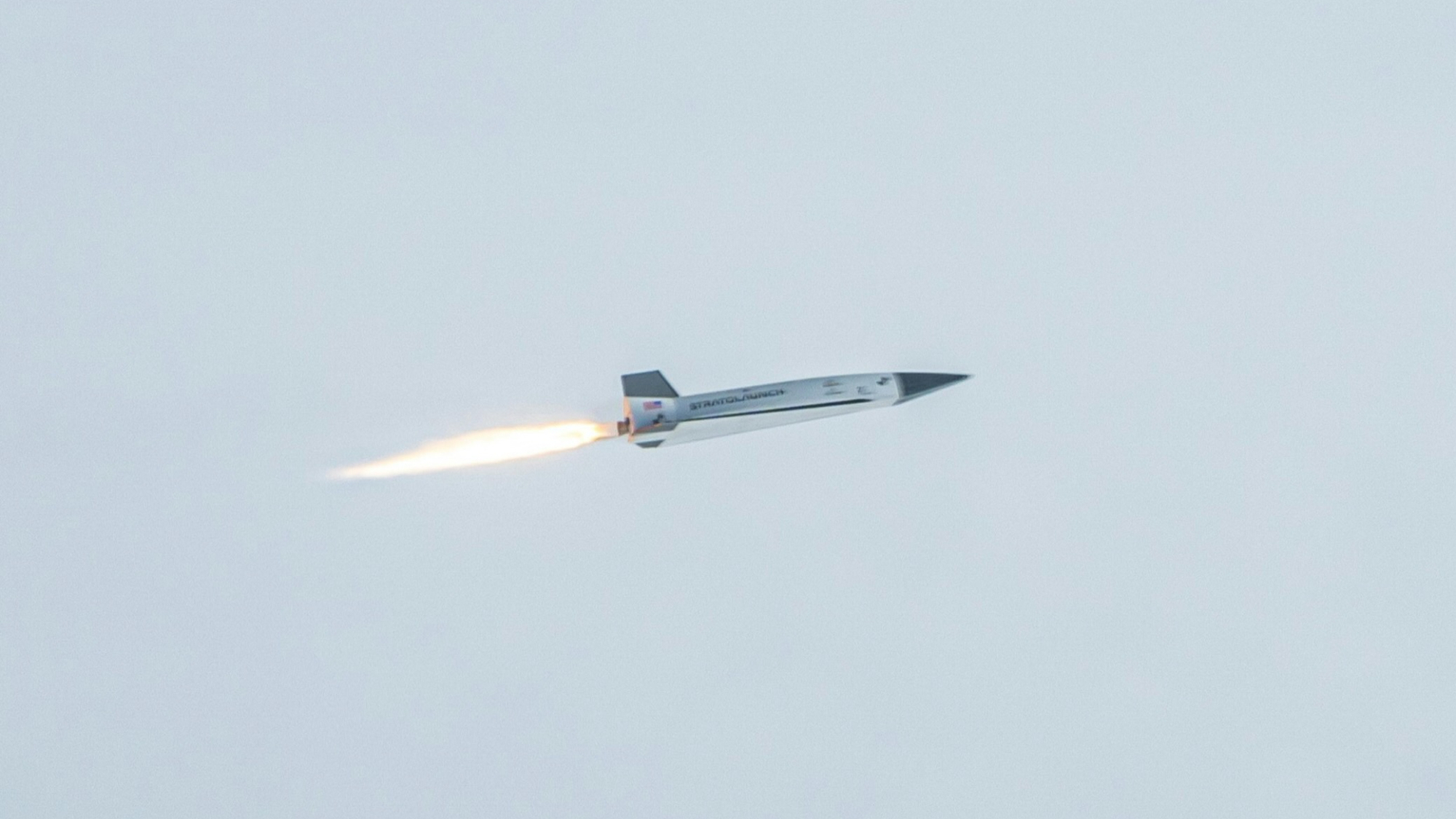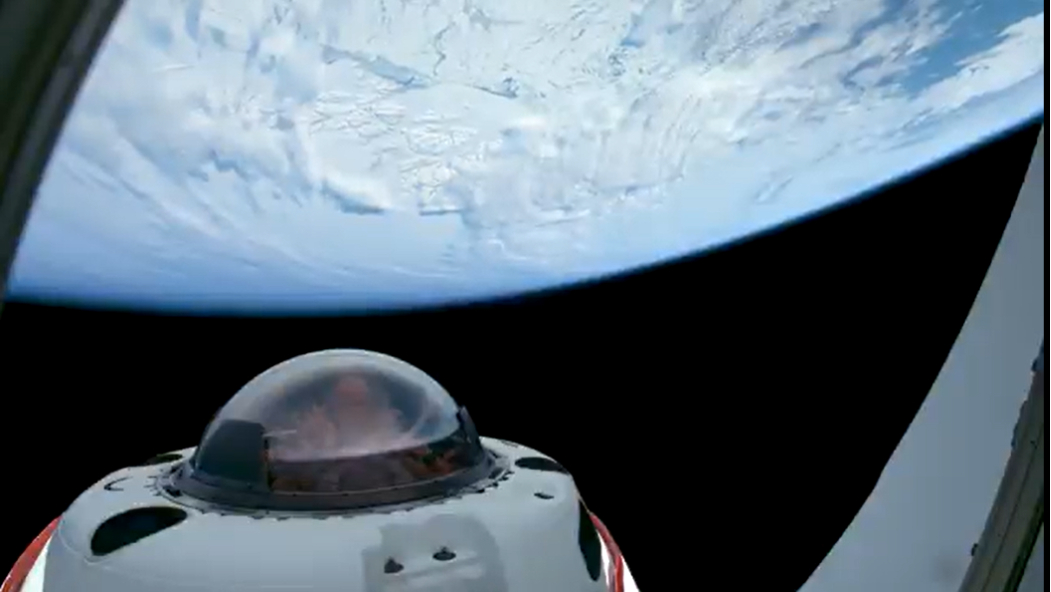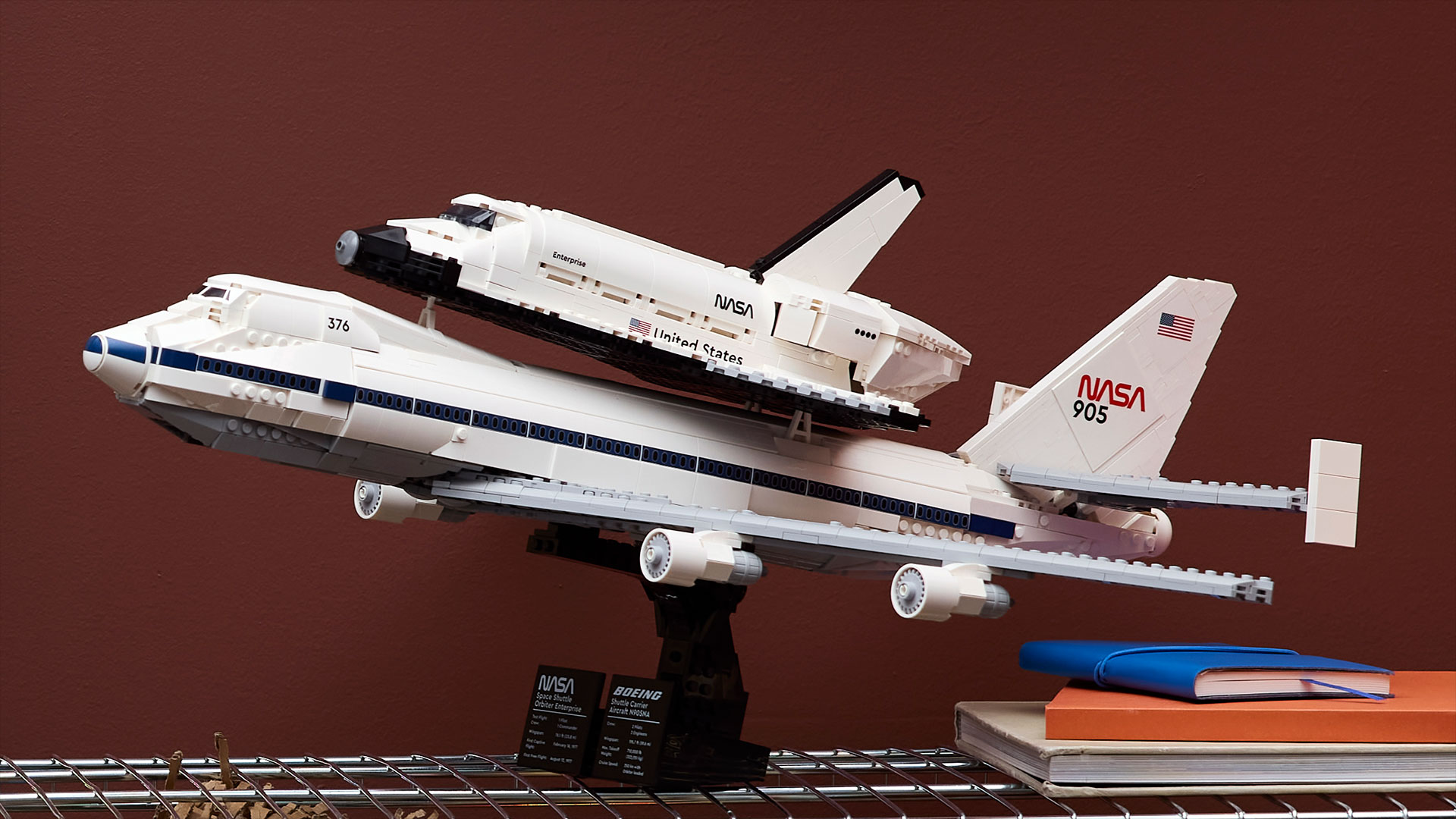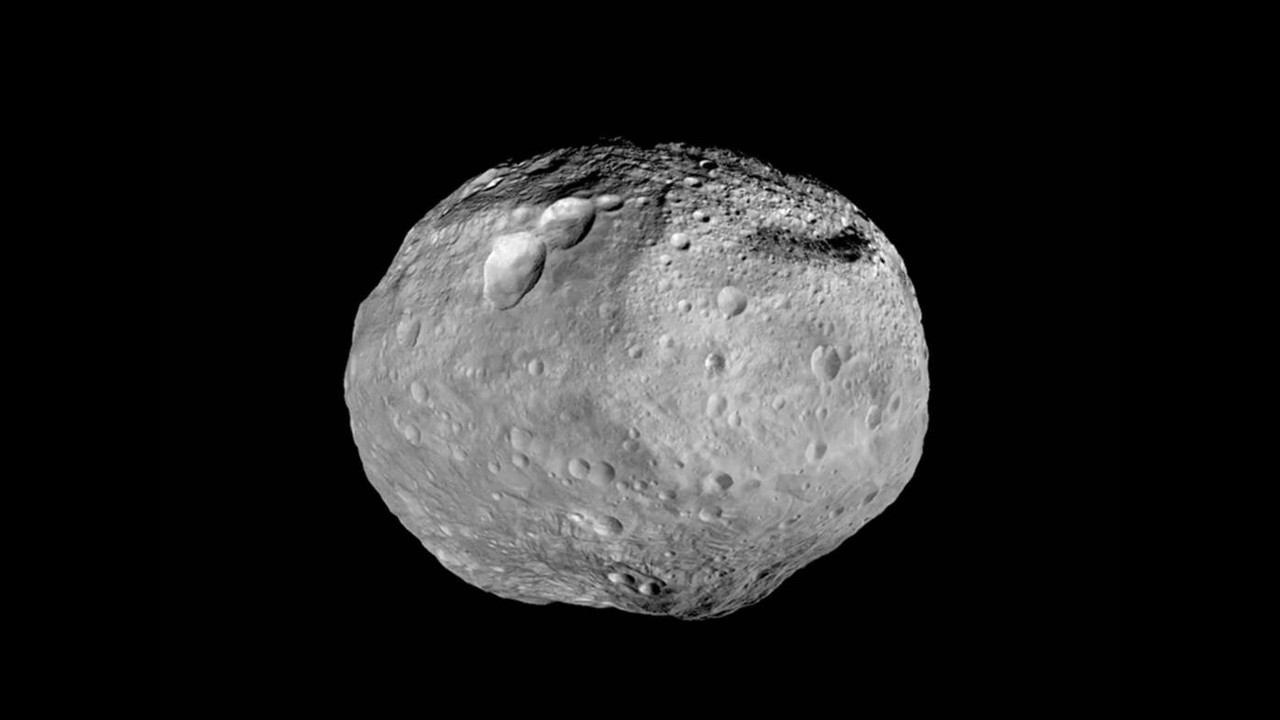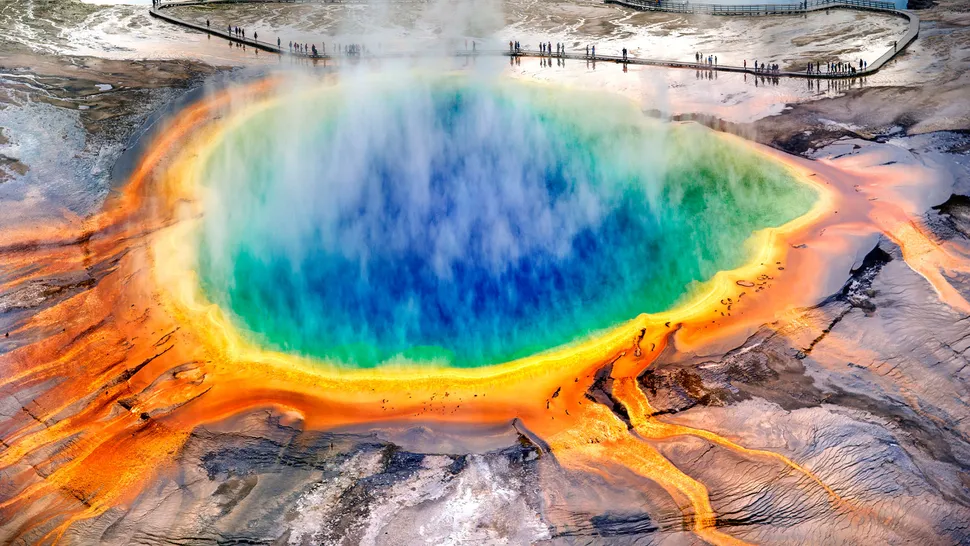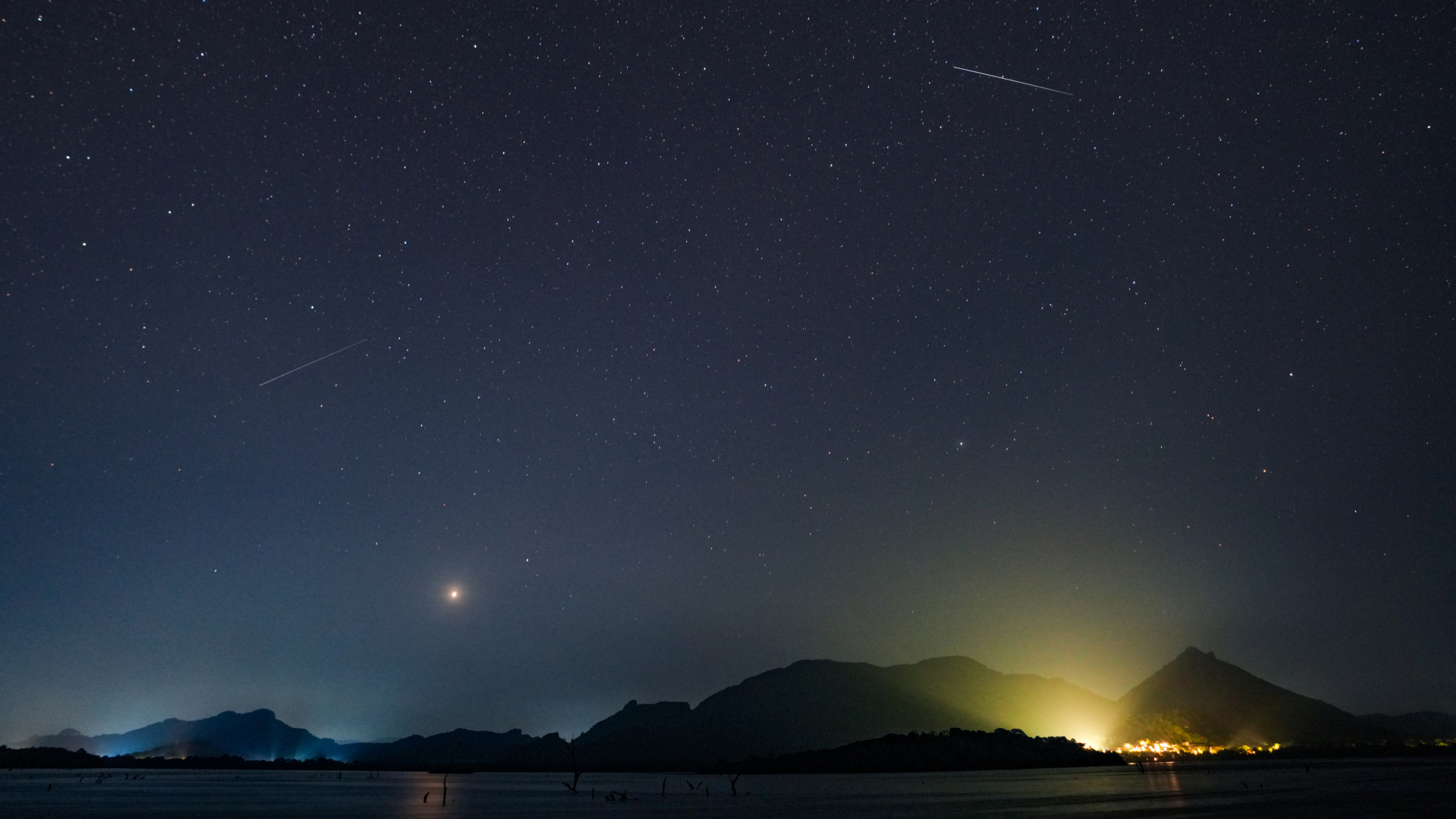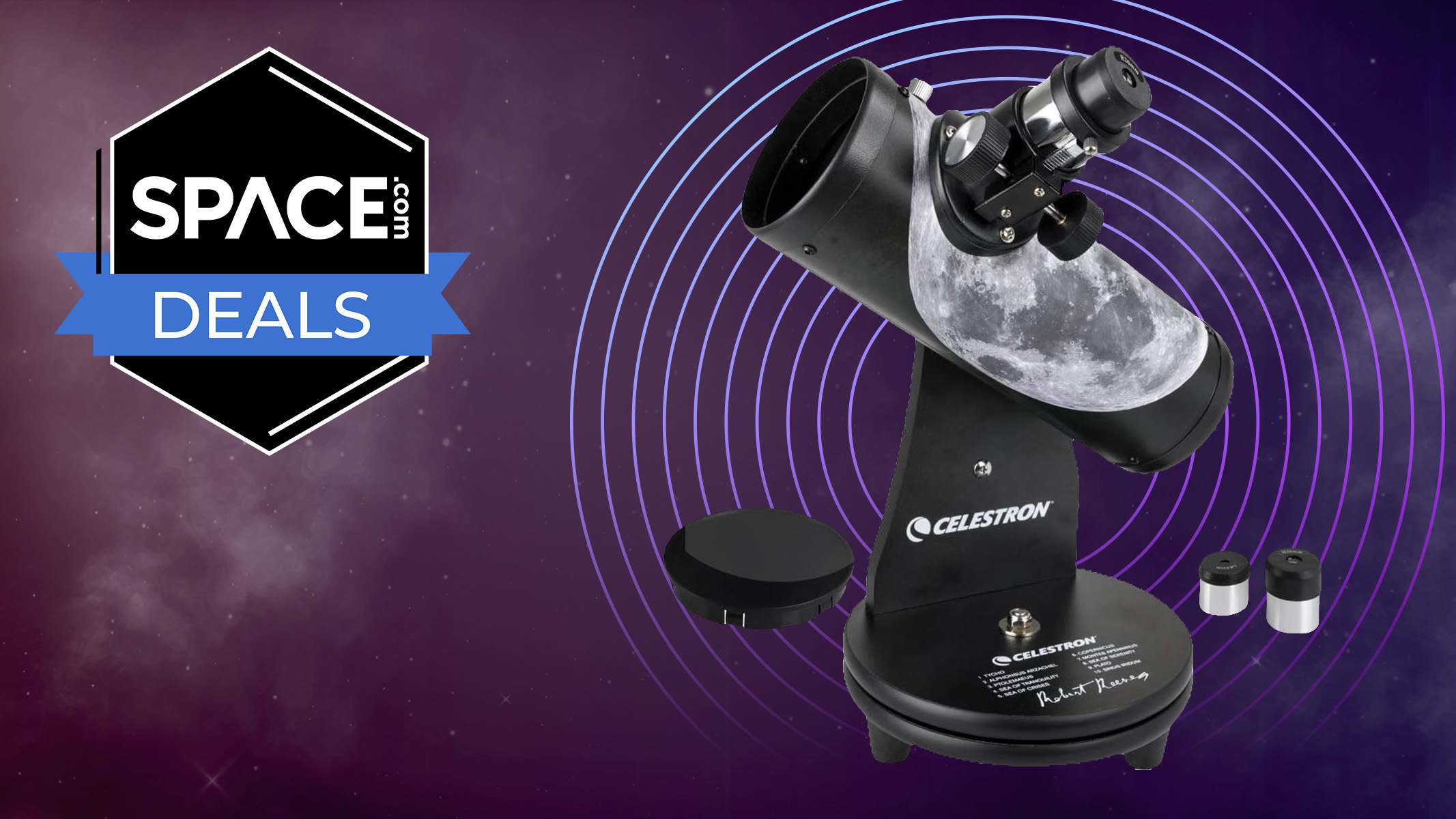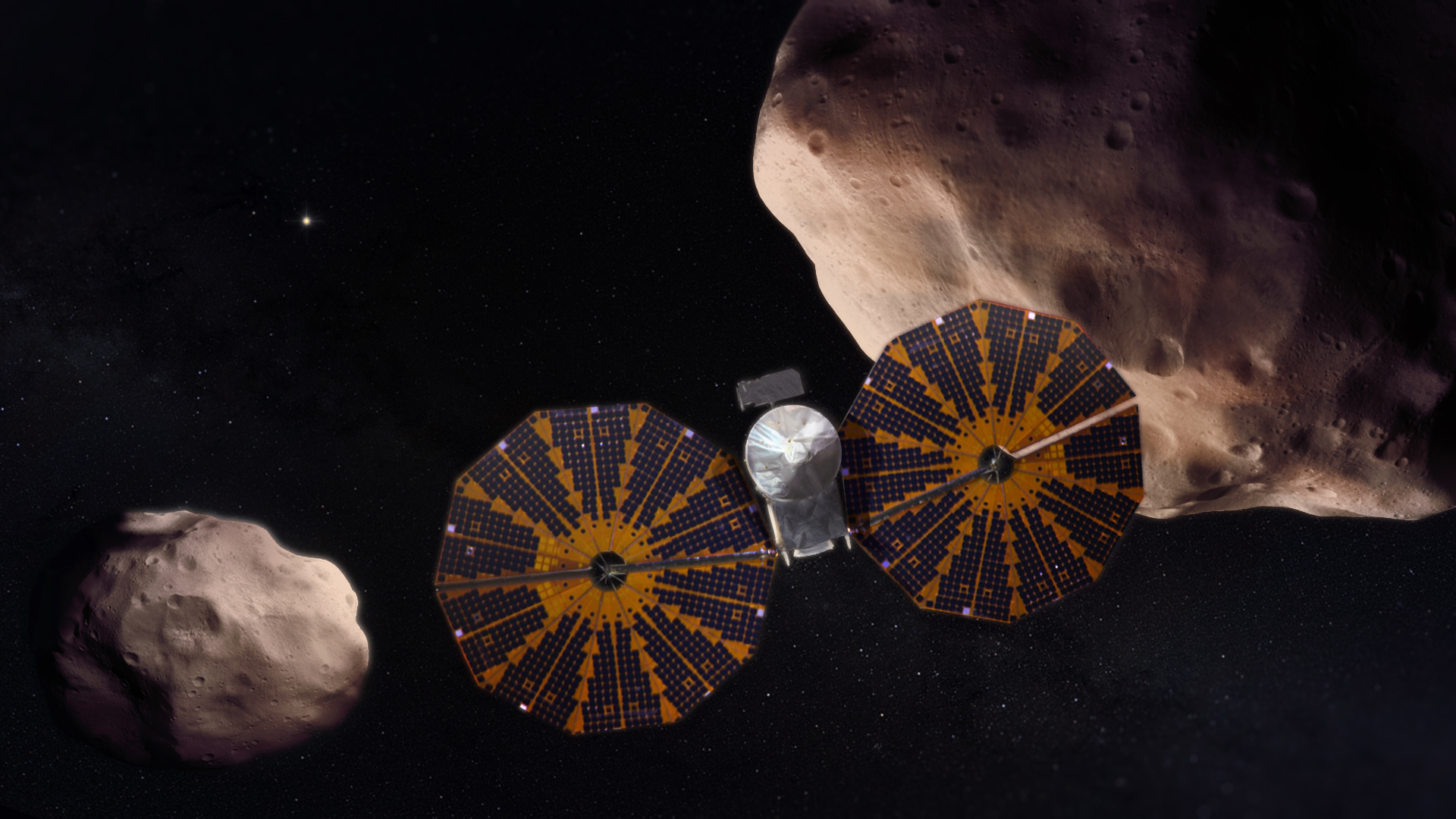New Web Site Allows Virtual Moonwalks
More than 37 years after humans last walked on the moon, planetaryscientists are inviting members of the public to return to the lunar surface as"virtual astronauts" to help answer important scientific questions.
No spacesuit or rocket ship is required ? all visitors need to do is go tothe Moon Zoo Web site and be among the first to see the moon's surface inunprecedented detail courtesy of new high-resolution images taken by NASA'sLunar Reconnaissance Orbiter.
While on a virtual moonwalk,volunteers are asked to identify craters, boulders, cracks in the lunarsurface, sinuous channels where lava might have flowed and more. Visitors mightstumble across hardware from spacecraft left on the moon and unusual phenomenasuch as cavesand holes.
"We need Web users around the world to help us interpret these stunningnew images of the lunar surface," said Chris Lintott of Oxford Universityin the UK and chair of the Citizen Science Alliance that developed Moon Zoo.
"If you only spend five minutes on the site counting craters you'll bemaking a valuable contribution to science and, who knows, you might run acrossa Russian spacecraft," Lintott said.
Scientists are particularly interested in knowing how many craters appear ina particular region of the moon in order to determine the age and depth of thelunar surface. Fresh craters left by recent impacts provide clues about thepotential risks from meteor strikes on the moon and on Earth.
"We hope to address key questions about the impact bombardment historyof the moon and discover sites of geological interest that have never been seenbefore," said Katherine Joy of the Lunar and Planetary Institute and aMoon Zoo science team member.
Get the Space.com Newsletter
Breaking space news, the latest updates on rocket launches, skywatching events and more!
A moonlit stroll
Virtual moonwalkers should have plenty of science and splendor to occupythem on their lunar constitutional.
Many different kinds of craters exist on the moon, ranging from eroded,smooth dimples to geologically recent white-colored craters. Boulders canappear in any number of shapes and sizes and can leave "tracks" onthe surface that look like ditches as they shift positions due to meteoriteimpacts or other natural processes.
A pre-stroll tutorial trains citizen scientists to know what to look forwhile on their jaunt.
As the Moon Zoo Web site said, "We would like you to spot anything youthink might be a 'scientifically interesting' feature. However, we don't wantyou to go crazy spotting lots of things that are very common on the Moon."
As for uncommon things, explorers may find those too, because the "cameraimages that Moon Zoo uses are of such high resolution that you may be able toeven spot astronaut's footprints that were left forty years ago!"
Join our Space Forums to keep talking space on the latest missions, night sky and more! And if you have a news tip, correction or comment, let us know at: community@space.com.

Space.com is the premier source of space exploration, innovation and astronomy news, chronicling (and celebrating) humanity's ongoing expansion across the final frontier. Originally founded in 1999, Space.com is, and always has been, the passion of writers and editors who are space fans and also trained journalists. Our current news team consists of Editor-in-Chief Tariq Malik; Editor Hanneke Weitering, Senior Space Writer Mike Wall; Senior Writer Meghan Bartels; Senior Writer Chelsea Gohd, Senior Writer Tereza Pultarova and Staff Writer Alexander Cox, focusing on e-commerce. Senior Producer Steve Spaleta oversees our space videos, with Diana Whitcroft as our Social Media Editor.
